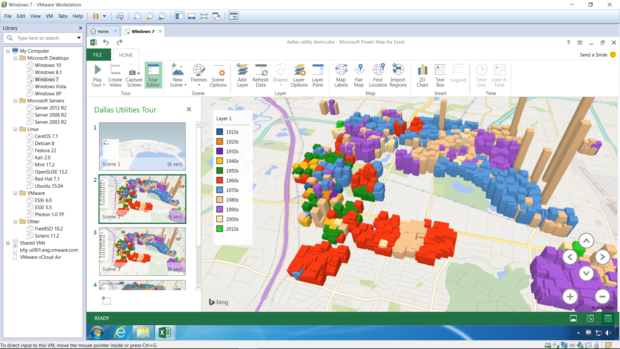


To see any chart in its full-sized Retina glory, just click or tap on it to load the full image. Some tests required that we cram a lot of data into a single chart, and some of these charts may be difficult to read on smaller or low-resolution screens. You can browse all results in order by using the “Next” and “Previous” buttons below, or you can jump directly to a specific test using the Table of Contents, which is found at the bottom of every page. Our benchmark tests and results are divided into the sections identified below. We therefore ran select CPU- and GPU-focused tests on a 2013 Mac Pro, and we have those numbers available in their own dedicated section later on. But we were also curious about just how well Fusion and Parallels would perform if given access to clearly “high-end” resources. As we’ll describe in more detail in the next section, all of our tests were performed on 2014 15-inch MacBook Pro, a system that we consider to be in the “mid-to-high” range of Mac configurations. We’ve therefore run all applicable tests in Boot Camp as well, which gives us an idea of how close these options are to eliminating the need for something like Boot Camp altogether, at least for certain tasks.Īlso new this year is the addition of a “high end” host for some tests. Part of our goal with this analysis is not to simply determine which virtualization solution is the fastest, we also want to see how they compare to “native” Windows performance on the same hardware.


 0 kommentar(er)
0 kommentar(er)
